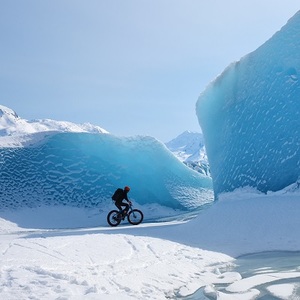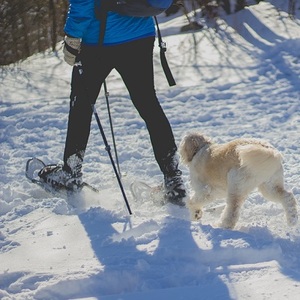

Throughout the winter season, snow along with colder temperatures can be enough to deter folks from taking their exercise outside. Local gyms are no doubt busiest during the winter season due to this avoidance of the outdoors. But is there a benefit to moving your workout outdoors in the winter? Studies have been conducted in recent years that look into this to see if there really is an advantage to working out in the great outdoors.
Any time you workout outdoors, the human body does its best to acclimatize itself to the environment. Of utmost importance is keeping the core temperature as close to 98.6F as possible. If the core body temperature falls below 95F, hypothermia occurs. In order to combat this risk, when exposed to cold weather, the body moves blood from your extremities towards its core. This is why the hands and feet are usually the first to become cold when proper winter gear is not worn.
While the body is working to stay at an optimum temperature, extra energy is needed. This means that it looks for extra calories it can burn to keep it functioning well. When in motion, the preferred fuel source is glycogen. This is a form of glucose that is stored in the liver and in muscle tissue. Recent studies have shown that the body prefers to burn calories for heat from a type of fat called brown fat, rather than glycogen. The two main types of fat cells are brown and white. Brown fat cells are much more easily used for burning calories and generating heat than white ones. This is due to the higher amount of mitochondria that are found in brown fat. White fat is therefore much harder to burn off. Some studies suggest that more exposure to cold will increase the conversion rate of white fat cells to the calorie-burning brown ones. Could this be the smoking gun for how to get those stubborn pounds to fall off? Maybe, but additional research is needed before further conclusions can be made.
How many more calories are burned in cold weather compared to warm is still up for debate, but where the calories that are burned come from seems to be the most interesting aspect. There are studies that show more calories are burned in cold weather because of the ability to workout at a higher intensity before fatigue hits. There are other benefits of taking your workout outside. Taking in the fresh air and soaking in some sun to get some extra vitamin D are among them. All of this can help eradicate cabin fever and mitigate the effects of seasonal depression that many suffer from each winter.
Before going outdoors to exercise, remember to dress in layers and keep exposed skin to a minimum. During periods of extreme cold, indoor workouts are still going to be a better option. But when conditions turn more favorable, there may be even more benefit to being outdoors than we first thought!






